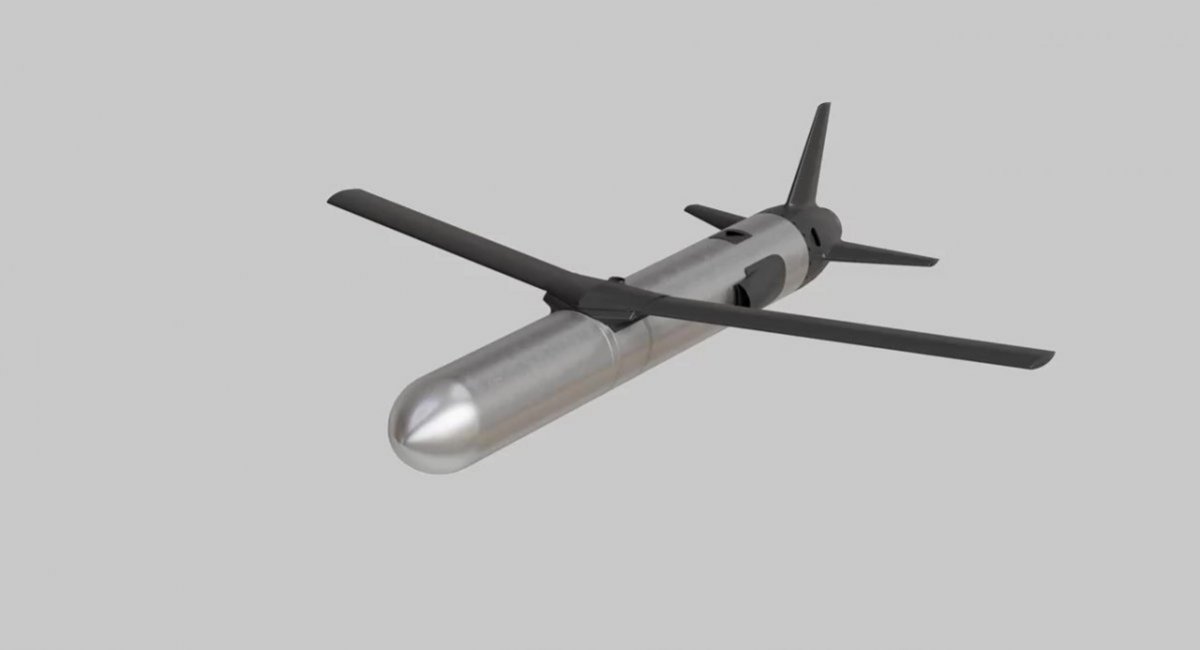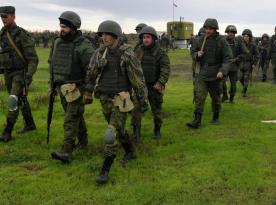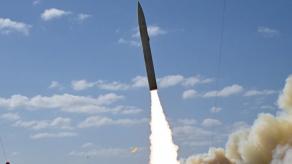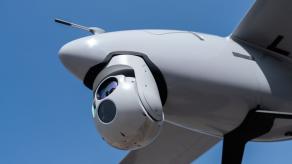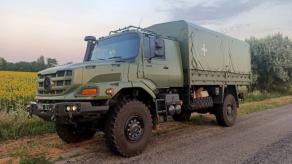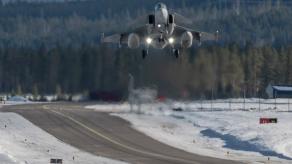Besides the Palianytsia rocket drone presented in August and the Peklo cruise missile revealed a week ago, Ukrainian authorities have shortly announced ongoing tests of the third domestic long-range weapon, the Ruta missile.
The product was briefly disclosed by President of Ukraine Volodymyr Zelenskyi without any additional details. However, there is actually a development that is coincidentally also named Ruta and involved in the equipment of the Ukrainian military that is carried out by a Europe-based startup Destinus.
Read more: Ukraine Advances Missile Technology with New Ruta Missile Tests
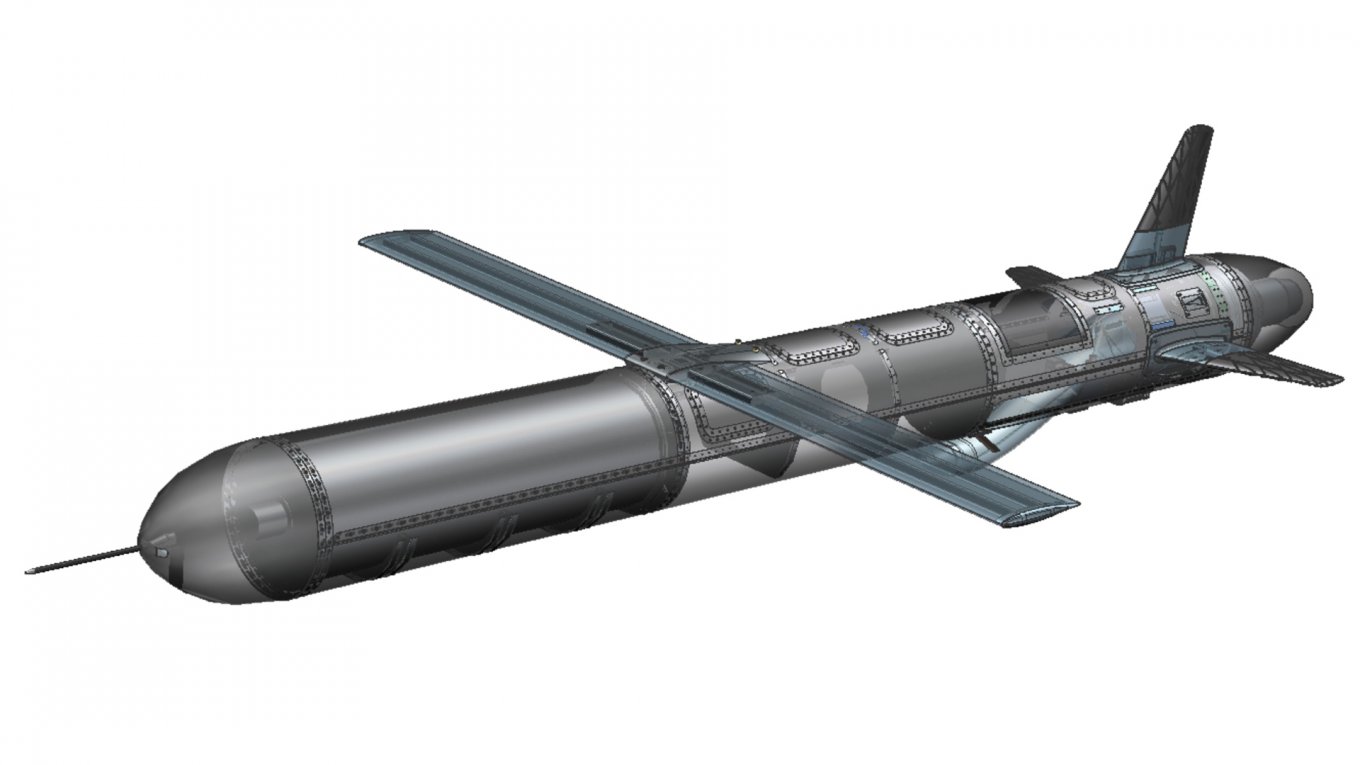
For a brief reminder, Destinus was founded by Mikhail Kokorich who fled Putin's russia and founded a company in Europe. His projects came to light in media reports published in early 2024. The media that interviewed Kokorich stated that his enterprise was supplying Lord drones to Ukraine. These propeller-driven UAVs have a range estimated between 750 and 2,000 km.
Another product, named Ruta, was described only in general terms. According to the founder of Destinus, the deliveries began in early 2024, it was a jet-powered drone with a flight range of 300 km. The roles include reconnaissance, a suicide attack, or being a target for training. Later, the company published on its website quite detailed images of its products, including this drone which looked like a traditional cruise missile.
Moreover, there even was a construction drawing that showed all the main components of Ruta: the warhead, fixed wing, fuel tank, electronics unit, and small turbojet engine. The description also said Ruta takes off with the help of a rocket booster and offers a very cost-effective approach compared to other UAVs of its class — considering the size, payload capacity, and speed.
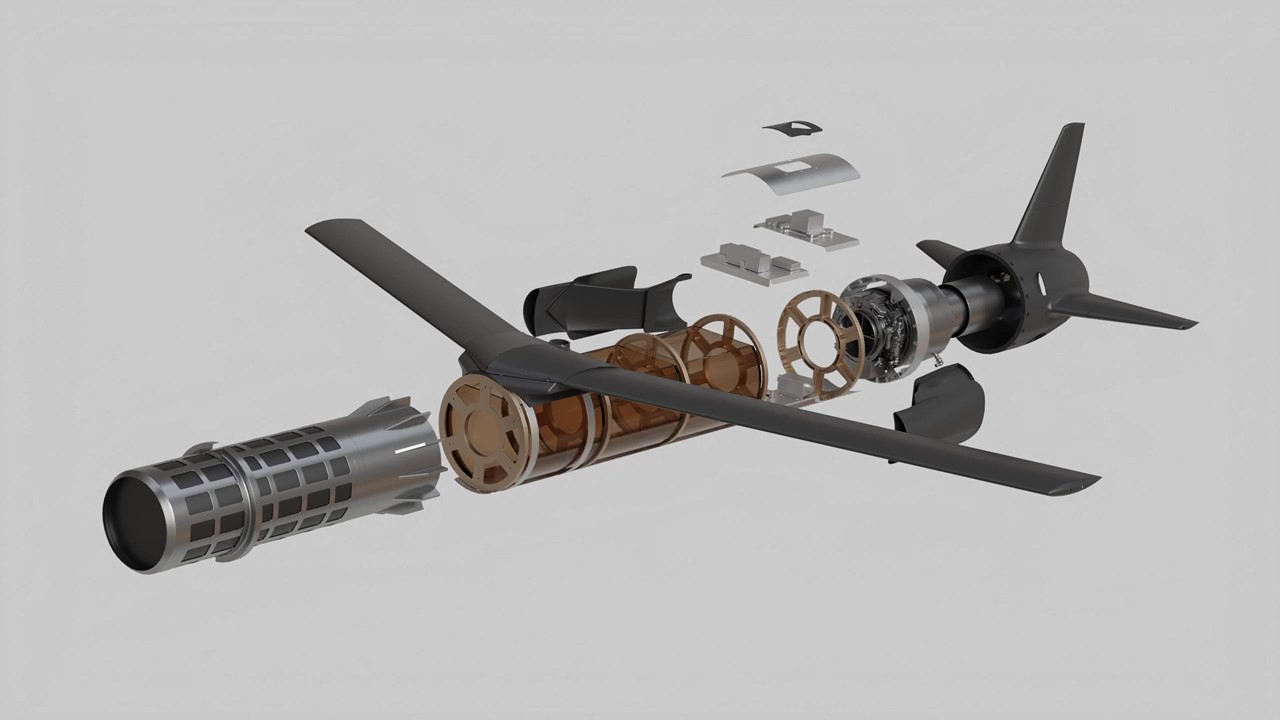
Still, the exact values of these parameters were not disclosed. The company positioned Ruta precisely as a drone with interchangeable payloads to adapt for specific missions; for example, the reconnaissance version came with a parachute to ensure safe landing and reuse.
Then, at the Eurosatory 2024 exhibition, Destinus demonstrated a sample with a slightly different design, most likely a 1:1 scale model. Based on that, the weight of the warhead inside this aerial vehicle could measure in tens of kilograms, perhaps, closer to a hundred kilos if we take into account the announced operational range of 300 km.
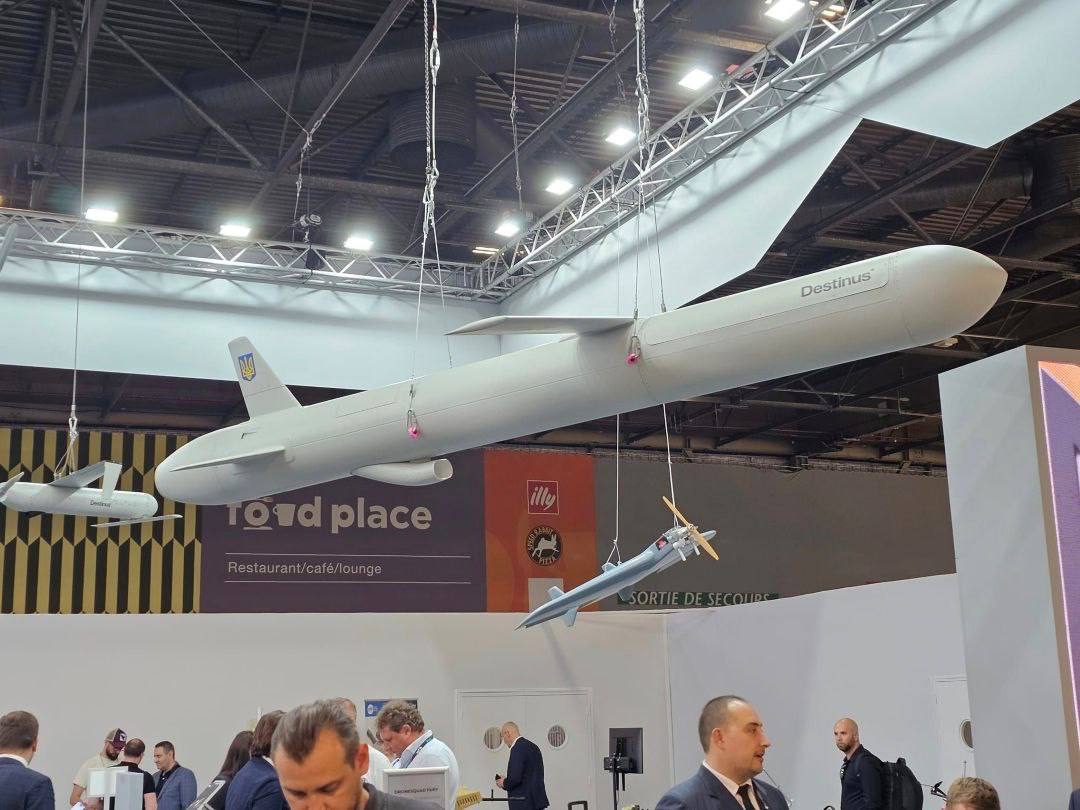
In short, the main advantage Ruta brings to the table is high-speed flight capability at around 500 to 800 km/h, which gives this drone/missile better chances at breaking through the russian mobile air defense groups armed with machine guns and leaving completely no chances for helicopters trying to intercept it.
Read more: The russian Ministry of Defense Claims ATACMS Strike Targeted Taganrog Airfield, Raising Intriguing Questions



